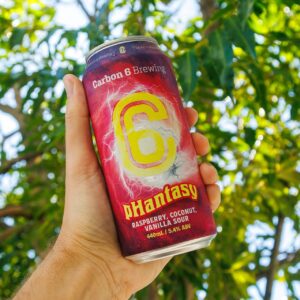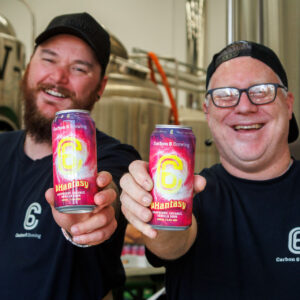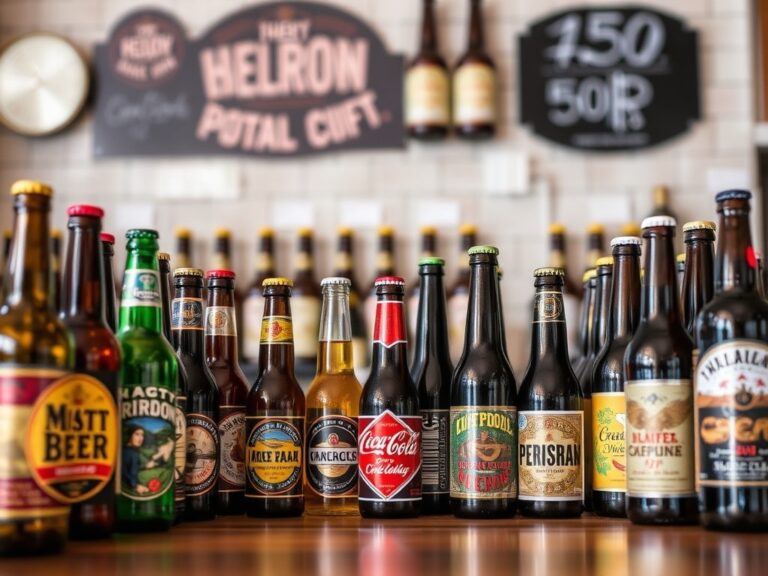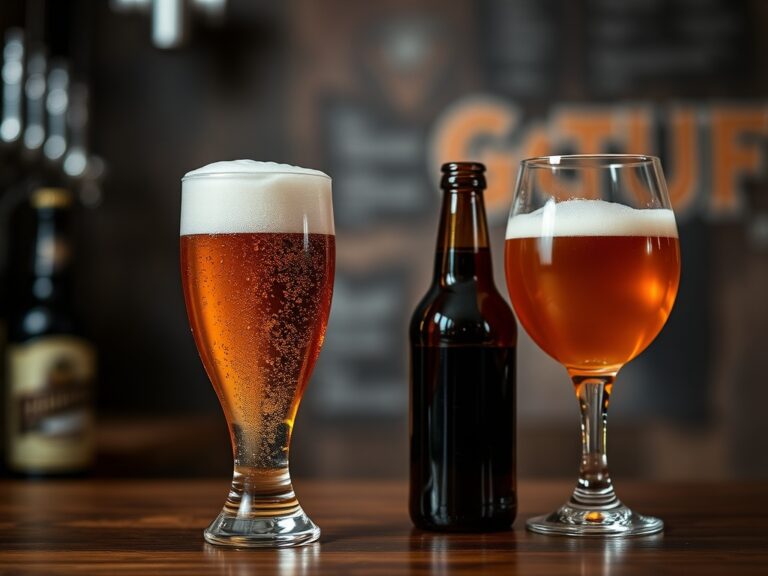Wet Hop IPA Revolution: How Fresh Hop Techniques Elevate Flavor and Brew Quality
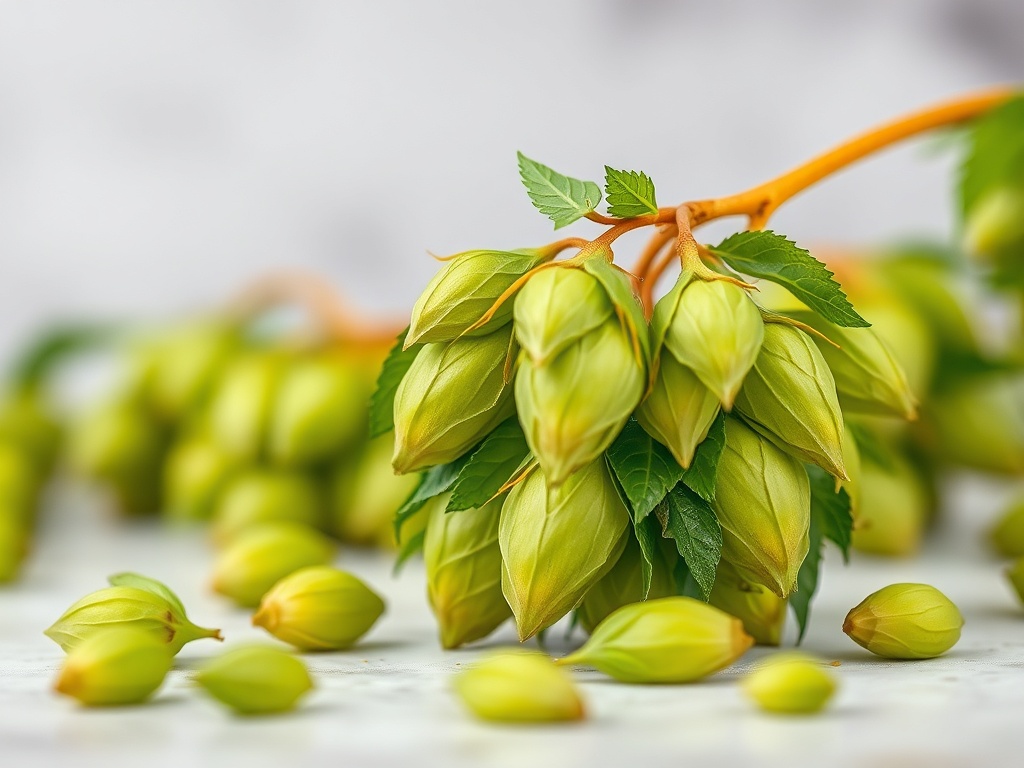
Understanding the Wet Hop IPA Phenomenon
In my experience with wet hop ipa, I’ve discovered that this style truly represents the cutting edge of hop freshness and brewing innovation. When I first started brewing, I was fascinated by how using freshly harvested hops could transform the flavor profile of my beers. From what I’ve learned, a wet hop ipa is unique because it employs hops that are used immediately after harvest, capturing peak aroma and flavor.
I want to share what I’ve learned about this brewing approach because it’s revolutionized how I think about hop character. Unlike traditional dry hopping or pelletized hops, the wet hop ipa emphasizes freshness and vibrant hop profiles that can’t be replicated with dried or processed hops. In my journey, I’ve found that brewing a wet hop ipa brings a level of complexity and aromatic intensity that elevates my brewing game.
The Art of Brewing a Wet Hop IPA
Choosing the Right Fresh Hops for Your Wet Hop IPA
In my experience, selecting the best hops is crucial when brewing a wet hop ipa. I’ve discovered that timing is everything—harvesting hops at peak maturity ensures maximum aroma and flavor. I recommend working closely with local hop farms or suppliers to get freshly picked hops within 24 hours of harvest. From what I’ve read and practiced, the quality of your wet hops directly impacts the final product’s character.
When I brew a wet hop ipa, I look for hops with high essential oil content and vibrant aroma profiles, such as Citra, Simcoe, or Centennial. I’ve found that integrating these hops during the whirlpool or in the first few minutes of boiling captures their bold, fresh qualities. This process allows me to craft a wet hop ipa that bursts with citrus, pine, and floral notes, making it a truly memorable beer.
Brewing Techniques for Maximizing Freshness
From my research and personal brewing sessions, I’ve learned that the key to an exceptional wet hop ipa is handling the hops carefully to preserve their volatile oils. I recommend adding the wet hops late in the boil or during whirlpool to lock in aroma. I’ve found that rapid chilling after adding wet hops helps retain their delicate compounds.
I also suggest that homebrewers and craft brewers alike consider using a hop bag or a hop spider to contain the wet hops, making cleanup easier and preventing vegetal flavors. In my experience, limiting oxygen exposure during transfer and packaging is essential for maintaining the hop freshness that makes a wet hop ipa so special. These techniques have consistently resulted in beers with intense, hop-forward profiles that truly showcase the freshness of the hops.
Why Fresh Hops Matter: Flavor and Aroma Benefits
The Impact of Fresh Hops on Flavor Profiles
In my journey brewing a wet hop ipa, I’ve found that the flavor impact of fresh hops is undeniable. Fresh hops contain higher levels of essential oils and hop acids that contribute to the beer’s aroma and flavor. I’ve experienced that beers brewed with wet hop techniques often feature vibrant notes of citrus, pine, and tropical fruits, which fade quickly in traditional dried hop beers.
From what I’ve learned, the freshness of the hops is what makes a wet hop ipa stand out. The volatile oils rapidly diminish over time, so consuming these beers shortly after brewing ensures you enjoy their full aromatic potential. I recommend always brewing with hops at peak freshness to capture that lush, lively hop character that defines the style.
Enhancing Aromatics with Wet Hops
During my experiments, I’ve discovered that adding wet hops late in the brewing process amplifies the aromatic profile significantly. The wet hop ipa is all about capturing that fresh hop aroma, which is why I always prioritize adding hops during whirlpool or dry hopping. The result is a beer that smells as good as it tastes, often filling my entire homebrew space with fragrant, citrusy, and floral scents.
I believe that the aromatic intensity of a wet hop ipa is what elevates it above standard IPA styles. The key is to minimize oxygen exposure and consume the beer quickly—ideally within a few weeks—to enjoy the full spectrum of hop aromatics. This approach has helped me craft beers that are both complex and intensely aromatic, truly embodying the wet hop revolution.
My Personal Experience with Wet Hop IPA Brewing
First Attempts and Lessons Learned
When I first brewed a wet hop ipa, I was eager but a bit nervous about handling the fresh hops. I remember rushing to get the hops from the farm and adding them right after harvest, which made a real difference. The aroma explosion I experienced during fermentation was unlike anything I’d brewed before. I’ve found that timing and freshness are everything in making a memorable wet hop IPA.
From my experiments, I’ve learned that patience and attention to detail pay off. I recommend that any aspiring brewer invest in sourcing quality wet hops and brew as soon as possible after harvest. The results are worth the effort—beers with a vibrant, fresh hop character that’s hard to match with dried or pelletized hops. My personal favorite is a wet hop ipa I brewed with local Cascade hops, which delivered a stunning citrus aroma.
Refining My Technique Over Time
Over the past few years, I’ve refined my approach to brewing a wet hop ipa. I’ve experimented with different hop varieties, hop addition timings, and even fermentation temperatures. I’ve found that incorporating wet hops during whirlpool and dry hop stages maximizes aroma retention, which is essential for a true wet hop experience.
I recommend that homebrewers and craft brewers alike try different methods to see what works best in their setup. The key takeaway from my experience is to always prioritize hop freshness and handle the wet hops gently. I believe that these small adjustments lead to significantly better beers—more aromatic, more flavorful, and more authentic to the wet hop style.
Resources and Further Reading on Wet Hop IPA
Throughout my research on wet hop ipa, I’ve found these resources incredibly valuable. I recommend checking them out for additional insights:
Authoritative Sources on wet hop ipa
-
Brewers Association – Wet Hop Brewing
BrewersAssociation.orgThis resource offers in-depth guides on hopping techniques, including specific tips for wet hop ipa brewing and hop selection.
-
BrewDog – Fresh Hop Techniques
BrewDog.comThis article discusses innovative approaches to brewing with fresh hops, including insights into wet hop ipa styles and hop handling.
-
Home Brewers Association
HomeBrewersAssociation.orgOffers practical tips and recipes for brewing excellent wet hop ipa, emphasizing freshness preservation.
-
BeerAdvocate – Wet Hop IPA Reviews
BeerAdvocate.comA community-driven platform with reviews and brewing tips related to wet hop ipa, highlighting what makes these beers special.
-
ScienceDirect – Hop Compounds and Brewing
ScienceDirect.comProvides scientific insights into hop chemistry, essential oils, and how they influence brewing wet hop ipa quality.
-
American Craft Beer – Fresh Hop Innovations
AmericanCraftBeer.comFeatures stories about breweries pioneering wet hop ipa styles and techniques, inspiring brewers worldwide.
-
Journal of Brewing Science
JournalOfBrewing.orgAcademic articles exploring hop oil retention, brewing parameters, and flavor stability in wet hop ipa.
Frequently Asked Questions
Frequently Asked Questions
What makes a wet hop ipa different from traditional IPAs?
In my experience, the main difference is the use of fresh, undried hops harvested and used immediately, which preserves their essential oils and aromatic compounds. This results in a beer with a fresher, more vibrant hop character than traditional IPAs that rely on dried or processed hops. I believe that brewing a wet hop ipa offers a unique sensory experience that highlights hop freshness.
How do I ensure the freshness of hops when brewing a wet hop ipa?
From my research and personal practice, I recommend sourcing hops directly from local farms or suppliers immediately after harvest. Keep the hops refrigerated during transportation and use them within 24 hours of picking. Handling hops gently and minimizing oxygen exposure during brewing also helps preserve their freshness, making your wet hop ipa truly stand out.
Can I brew a wet hop ipa at home?
Absolutely! In my experience, homebrewers can successfully brew a wet hop ipa by sourcing fresh hops from local farms or hop suppliers. The key is to brew quickly after receiving the hops and incorporate them late in the brewing process. I recommend experimenting with small batches first to perfect your technique and enjoy the intense hop aroma that only a wet hop ipa can offer.
How long should a wet hop ipa be enjoyed after brewing?
In my opinion, a wet hop ipa is best enjoyed fresh—ideally within 2 to 4 weeks of brewing. The volatile hop oils tend to dissipate over time, diminishing the beer’s aromatic intensity. I recommend storing it in a cold, dark place and drinking it promptly to experience the full spectrum of hop freshness and flavor.
Are there any specific hop varieties ideal for a wet hop ipa?
From my experience, hop varieties like Citra, Simcoe, Centennial, and Cascade work exceptionally well in a wet hop ipa. These hops are known for their strong aromatic profiles—citrus, pine, floral, and tropical notes—that shine through when used fresh. I recommend experimenting with different combinations to find the perfect balance for your palate.
Conclusion
In conclusion, my research on wet hop ipa has shown me that embracing the freshness of hops truly elevates the brewing experience. The vibrant flavors, intense aromas, and overall quality of a wet hop ipa are unmatched when you prioritize fresh, local hops and proper handling techniques. I hope this guide helps you understand the potential of wet hop brewing and inspires you to experiment with this exciting style. Based on my personal experience, I believe that brewing a wet hop ipa is one of the most rewarding ways to celebrate hop freshness and craft a beer that stands out in any collection.
Find out more information about “wet hop ipa”
Search for more resources and information:

